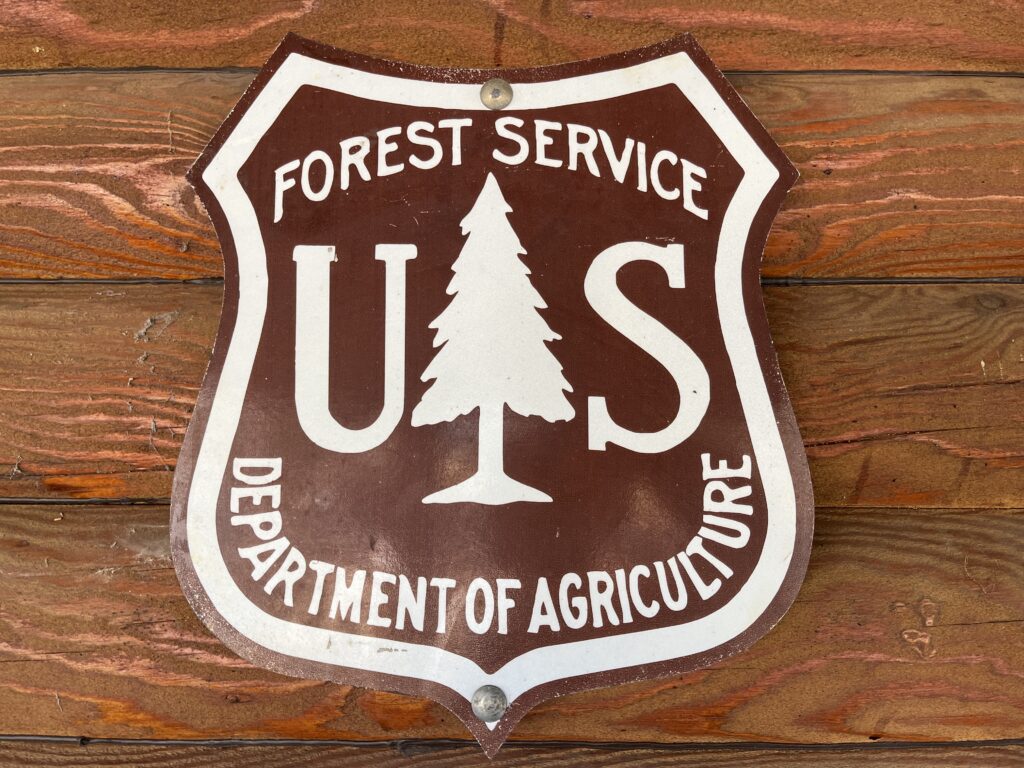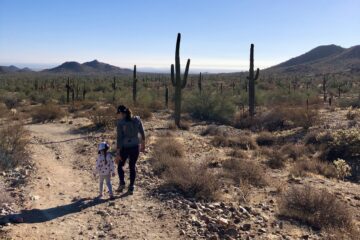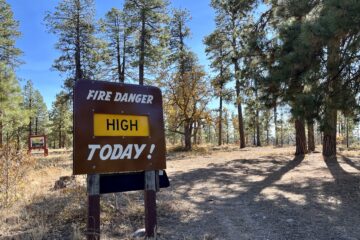Environmental harm in Hoosier National Forest
The Indianapolis Star has reported that camping is taking a toll on the Hoosier National Forest, causing issues such as soil erosion, vegetation loss, and environmental harm, particularly in the pristine Deam Wilderness Area. In response, the U.S. Forest Service is proposing adjustments to camping rules to mitigate these negative impacts while still accommodating campers.

For the protection of the forest
Stacy Duke, the Forest Recreation Program Manager for Hoosier National, emphasized that these changes are not intended to discourage people from enjoying the forest but rather to safeguard it for everyone’s continued enjoyment. The surge in visitors to the national forest, including the Deam Wilderness area, during the pandemic has prompted the need for proactive measures.
The proposed changes involve:
- Prohibiting camping within 200 feet of various areas, such as trails, trailheads, roads, water, rock shelters, caves, and historic structures, ensuring a consistent distance across the entire forest.
- And a specific restriction for the Charles C. Deam Wilderness Area which aims to prevent camping within a half-mile of the shoreline of Monroe Lake.
Exceptions to these changes apply if there is a designated Forest Service campsite within the specified areas. The Forest Service, after years of observation and discussion, is now taking concrete steps to address the challenges and promote sustainable recreation opportunities.
Harmful camping
Negative impacts, both environmental and social, have been observed, including the cutting down of live trees for firewood due to overuse, soil compaction, erosion, and issues with trash and human waste. The proposed changes aim to mitigate these impacts and preserve the forest for future enjoyment.
U.S. Forest Service seeks public discourse
While acknowledging potential pushback, the Forest Service emphasizes extensive public engagement to communicate the reasons behind the proposed changes. Education and a grace period before enforcing violations are part of the plan. The draft decision with the camping regulation changes was issued in mid-December, with a 45-day objection period for public input. The Forest Service will carefully consider objections before issuing a final decision, with potential implementation by spring.



0 Comments